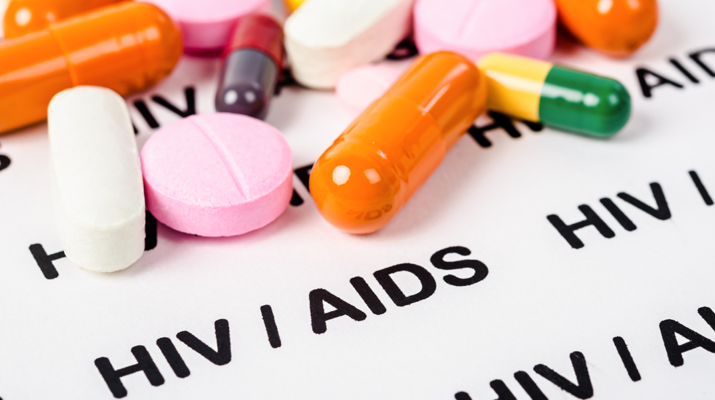By Deborah Jeanne Sergeant
Health experts say there has been ‘an unexpected increase in new diagnoses in the Buffalo and Rochester region’
During the thick of the COVID-19 pandemic, it was anyone’s guess as to how quarantine and isolation would affect HIV rates, which had been inching lower.
The New York State HIV/AIDS Annual Surveillance Report, released in March 2021 by the Division of HIV Epidemiology, Evaluation and Partner Services, stated that in 2020, 85 people living in Erie County were newly diagnosed with HIV and six in Niagara.
“Generally speaking, new incidences of HIV have been trending downward in New York state for the last several years and significant progress has been made to bend the curve toward ending the epidemic in the state through a variety of tactics that include increasing the number of people who are aware of their HIV status and take action with that knowledge toward treatment or prevention,” said Matthew Crehan Higgins, associate vice president specialty care at Evergreen Health.
Although an overall decrease in diagnoses for the past few years is positive news, Higgins noted an uptick in the past three years, “an unexpected increase in new diagnoses in the Buffalo and Rochester region,” he said.
Higgins in part blames the increase in HIV diagnoses on the hesitancy of patients in seeking medical care for symptoms because they feared catching COVID-19. Seeking a diagnosis early can mean early treatment, which in the case of HIV can mean preventing progression of the infection.
“Ultimately, while seeing increases in diagnoses is never comfortable, an impact of increased access to and provision of testing is that those infections are identified earlier than they may have been in the past and the person has opportunity to access treatment quickly,” he said. “The most important thing for people to know, especially if they are not currently aware of their HIV status, is that knowledge is power. HIV treatment can be accessed quickly and is very effective.”
Once a patient receives diagnosis, antiretroviral therapy can help maintain good health and reduce risk of transmitting HIV. No cure for HIV exists. For people who are HIV negative but at risk, HIV pre-exposure prophylaxis medication can prevent acquiring HIV.
“There are more options than ever with HIV pre-exposure prophylaxis available in pill based and long-acting injectable forms,” Higgins said. “At the end of 2019, the New York State Department of Health began discussion of reframing the conversation away from the outdate disease-based model and toward a sexual health model, which is the path we have been on for a long time. Pressing forth with messages of fear have never worked but making people aware of the options that exist for people of any HIV status and supporting their harm reduction-based choices appears to be having a good impact overall.”
In Niagara County, LPN Jill Morrissey in the County Department of Health said that her county’s efforts include twice-weekly sexual health clinics, which offer rapid HIV testing.
“We have the results ready by the time they’re leaving, within 20 minutes,” she said. “We haven’t done much since COVID-19 as far as outreach and testing. We’re just getting our clinic up and running in the past six months.”
Stacy Knott, nursing operations manager with Niagara County Department of Health, wants more medical providers to offer and perform HIV testing for every patient aged 13 and older.
“Initiation of antiretroviral therapy (ART) in people newly diagnosed with HIV remains a high priority,” she said. “Conduct a complete sexual health history, risk and drug use assessment for every patient. Ask about specific behaviors that may increase one’s risk of HIV, HCV, or other STIs, such as the number of sex partners, type of sex (i.e., vaginal, anal, oral), sex of sex partners, and drugs used and route of drug ingestion, to help guide laboratory testing.

